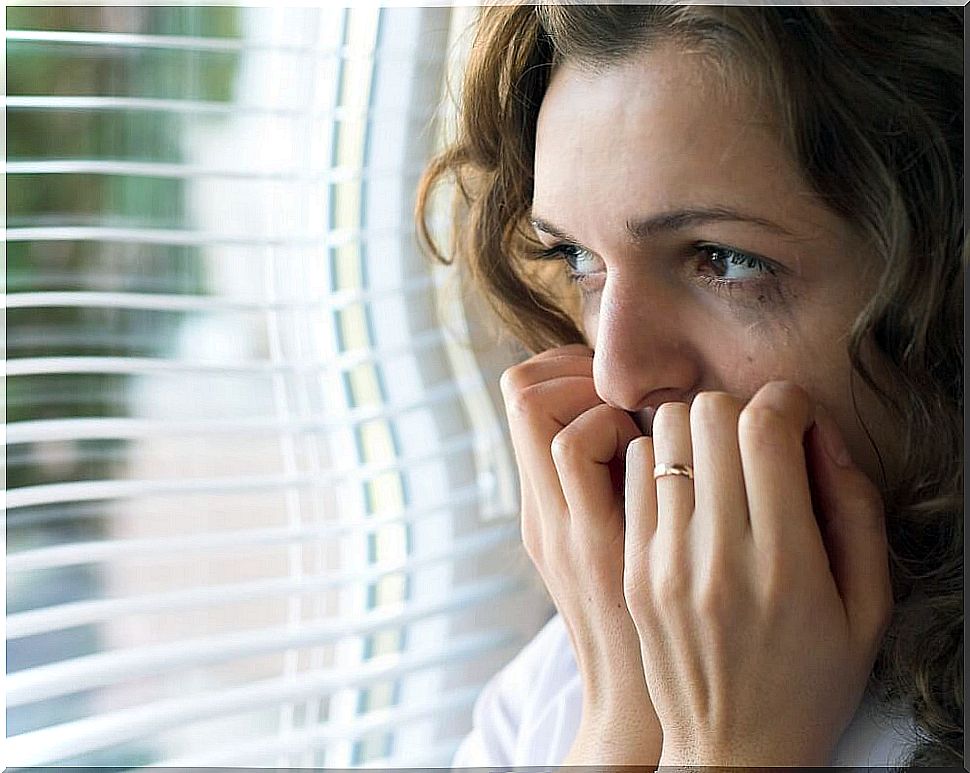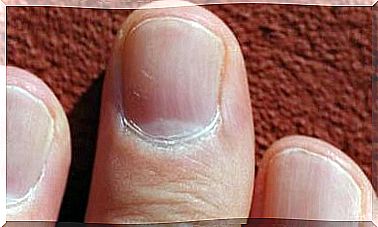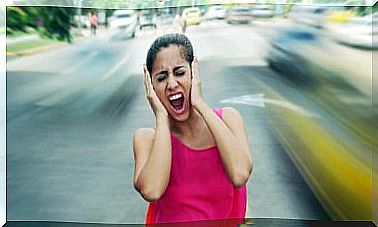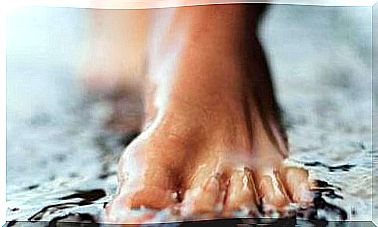Agoraphobia: Everything You Need To Know
The MSD Manual defines agarphobia as “the fear and anticipatory anxiety of being trapped in situations or in places where there is no easy way out or possibilities of help if intense anxiety appears.”
In other words, people who suffer from agoraphobia develop a strong fear of having anxiety attacks in open spaces, usually outside their environment.
Those who suffer from agoraphobia feel a loss of control over the environment. Also, fear and panic attacks often take place outside the individual’s home.
In this way, they can occur both in open and confined spaces. However, these crises can develop within the environment considered safe.
Symptoms of agoraphobia

Clinical cases with this pathology may present different symptoms from each other. Thus, specialists have been able to point out a series of signs that can normally be associated with this disorder.
The symptoms that appear most frequently within agoraphobia are:
- Social distancing and isolation. The individual can stay at home for an extended period of time.
- Fear of being alone or emotional dependence on others.
- Thought that the body or the environment that surrounds the patient is imaginary.
Likewise, the subject usually suffers from another series of signals that affect him on a physical level, such as:
- Difficulty breathing or a feeling of suffocation.
- Palpitations and increased heart rate.
- Sweating and shaking
- Nausea and vomiting
- Dizziness (due to vasovagal syncope where excessive activation of the nervous system occurs).
It causes tachycardia, palpitations, blurred vision, fainting and momentary loss of consciousness that recovers instantly and without sequelae.
Risk factor’s
- Family background.
- Situation or environment that favors the feeling of stress in the patient. For example, events such as the death of a close person or divorce.
- Having developed episodes with panic attacks.
Diagnosis

There is currently no medical test that can accurately determine this disorder.
Specialists will evaluate the patient’s reaction in places that are unsafe for them.
Likewise, we can differentiate between two types of agoraphobia based on whether or not they have a previous history of panic attacks.
Treatment of agoraphobia
As a general rule, the medical team can resort to two types of therapeutic measures:
- Use of drugs. The administration of both antidepressants and anxiolytics is generally recommended. Possible side effects should be taken into account and whether their action compensates for them.
- Psychological therapy. It is based on a series of relaxation guidelines that the subject can use in places considered dangerous. In contrast to drugs, its progress is slower but its effects are longer lasting.
Consequences
The fear closely related to agoraphobia causes a series of changes in the patient’s lifestyle.
In particular, those affected have difficulties traveling, relating, continuing to work and are more prone to developing other disorders, especially depression.








